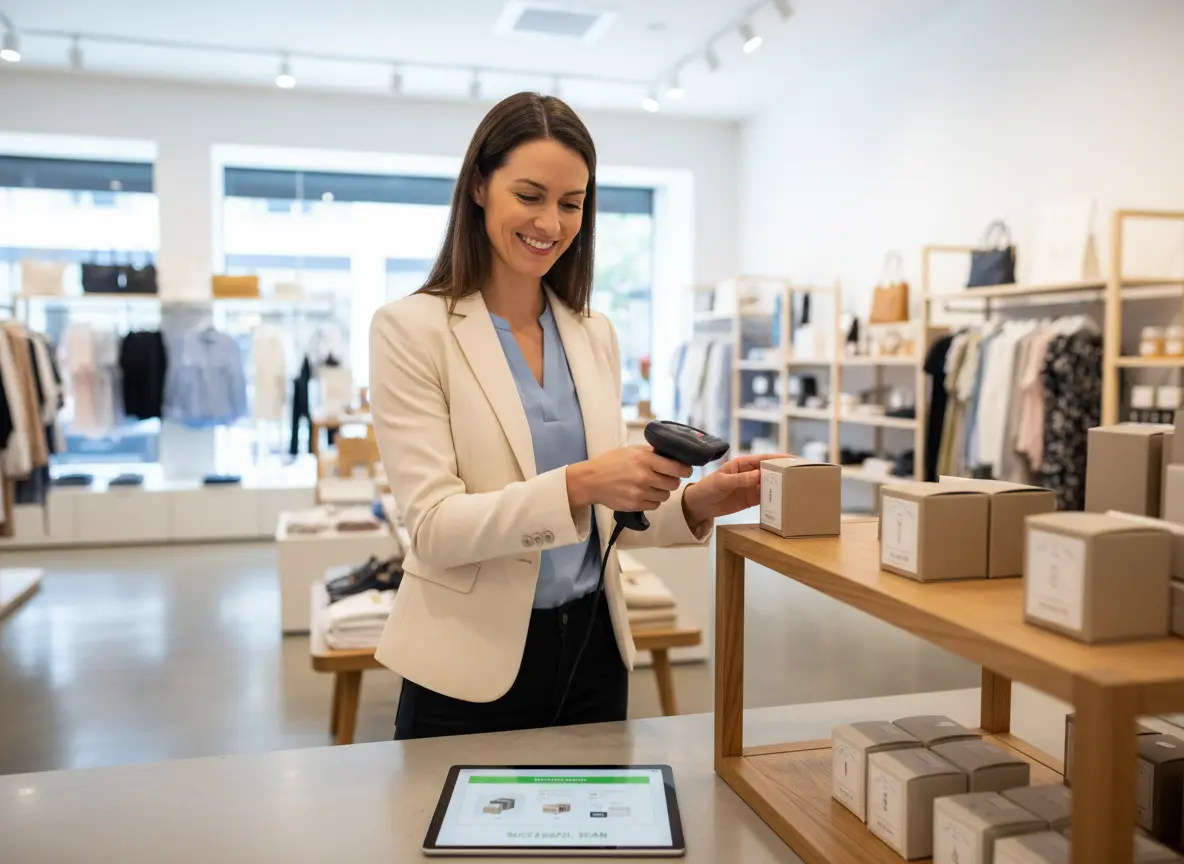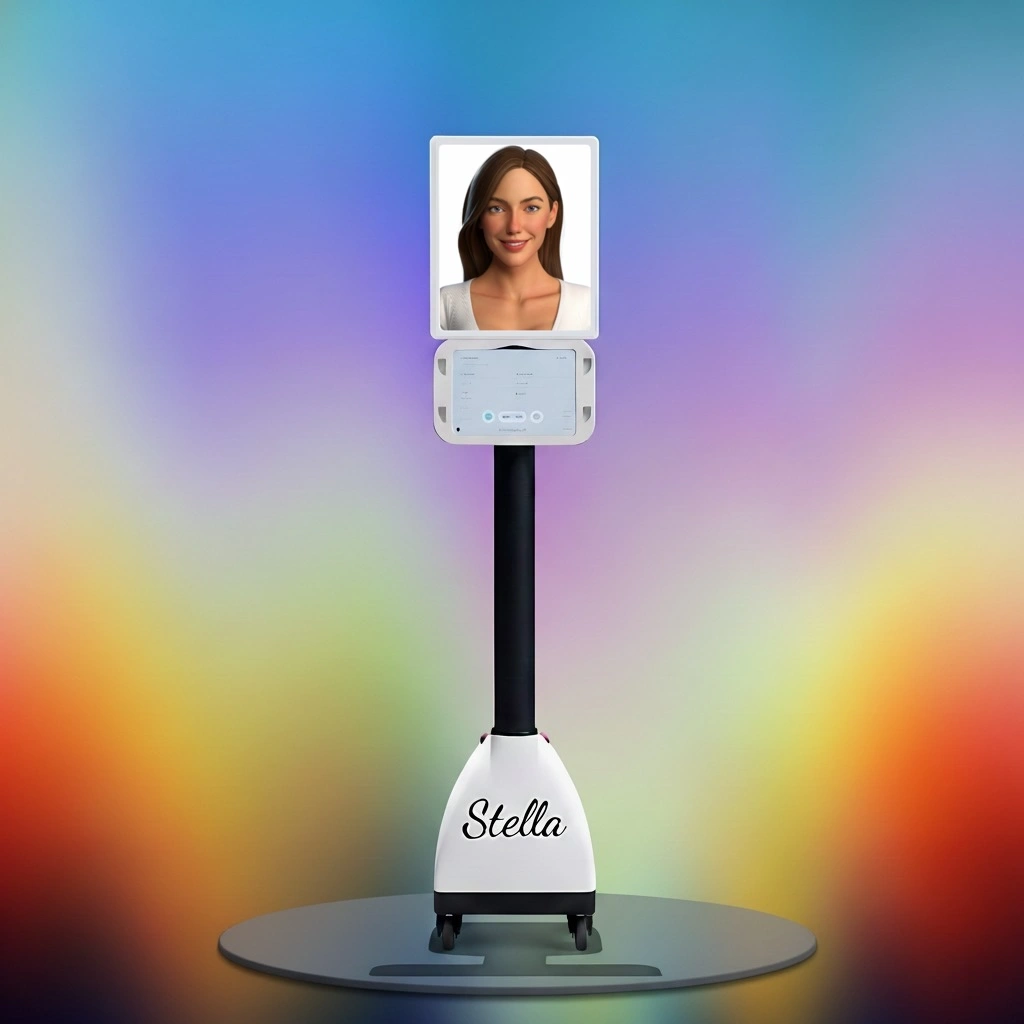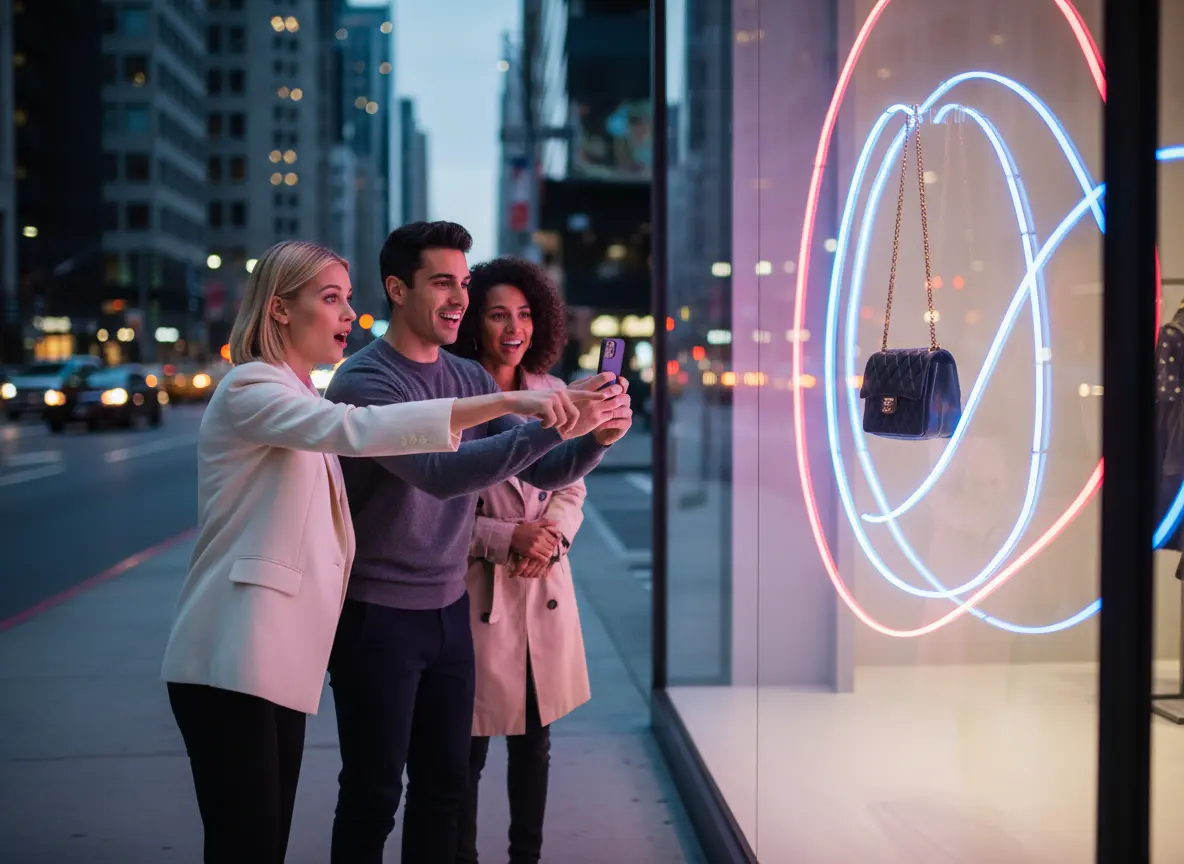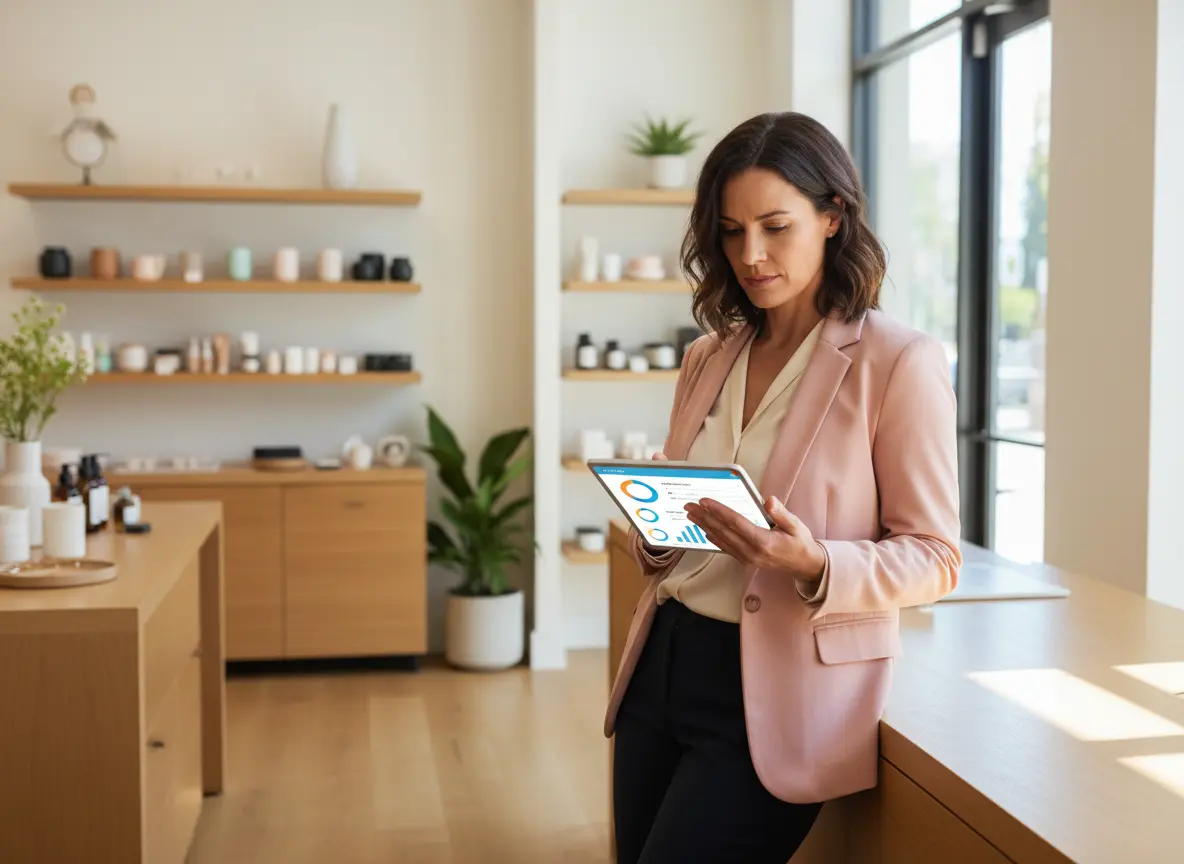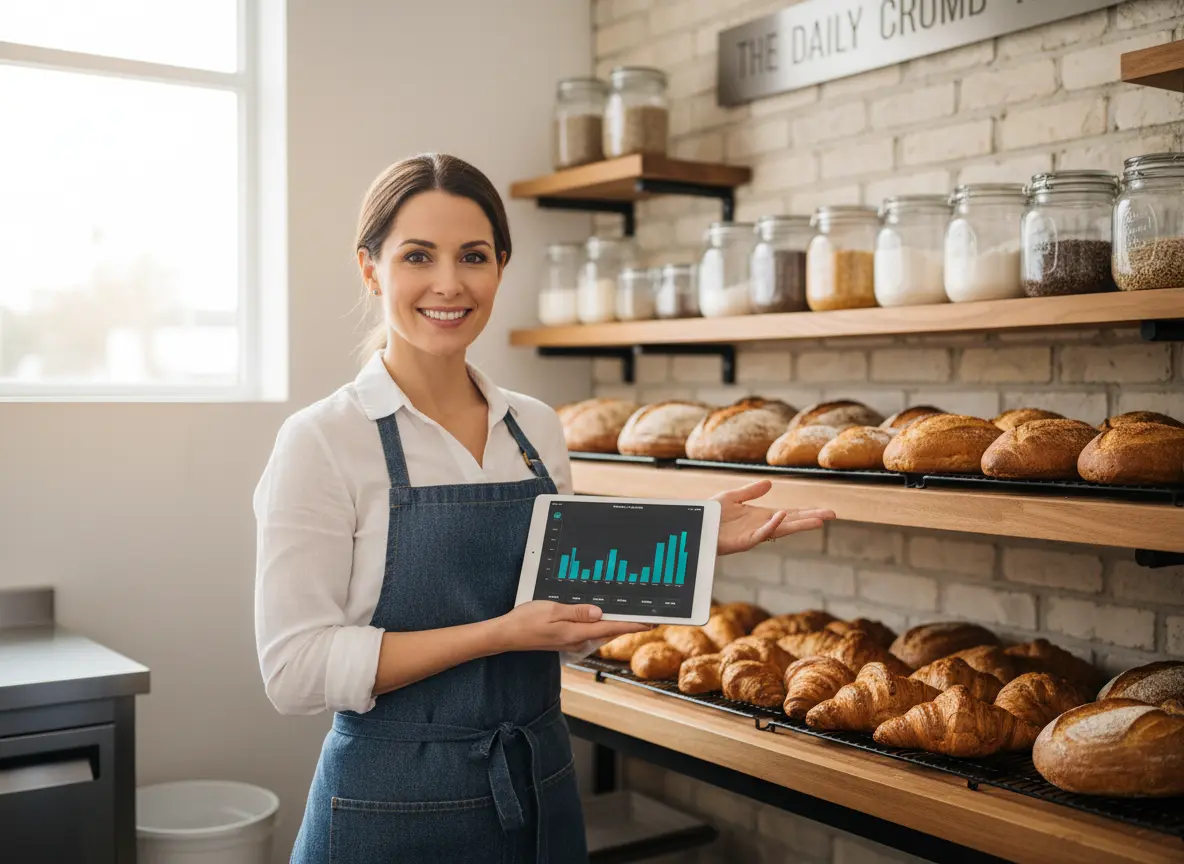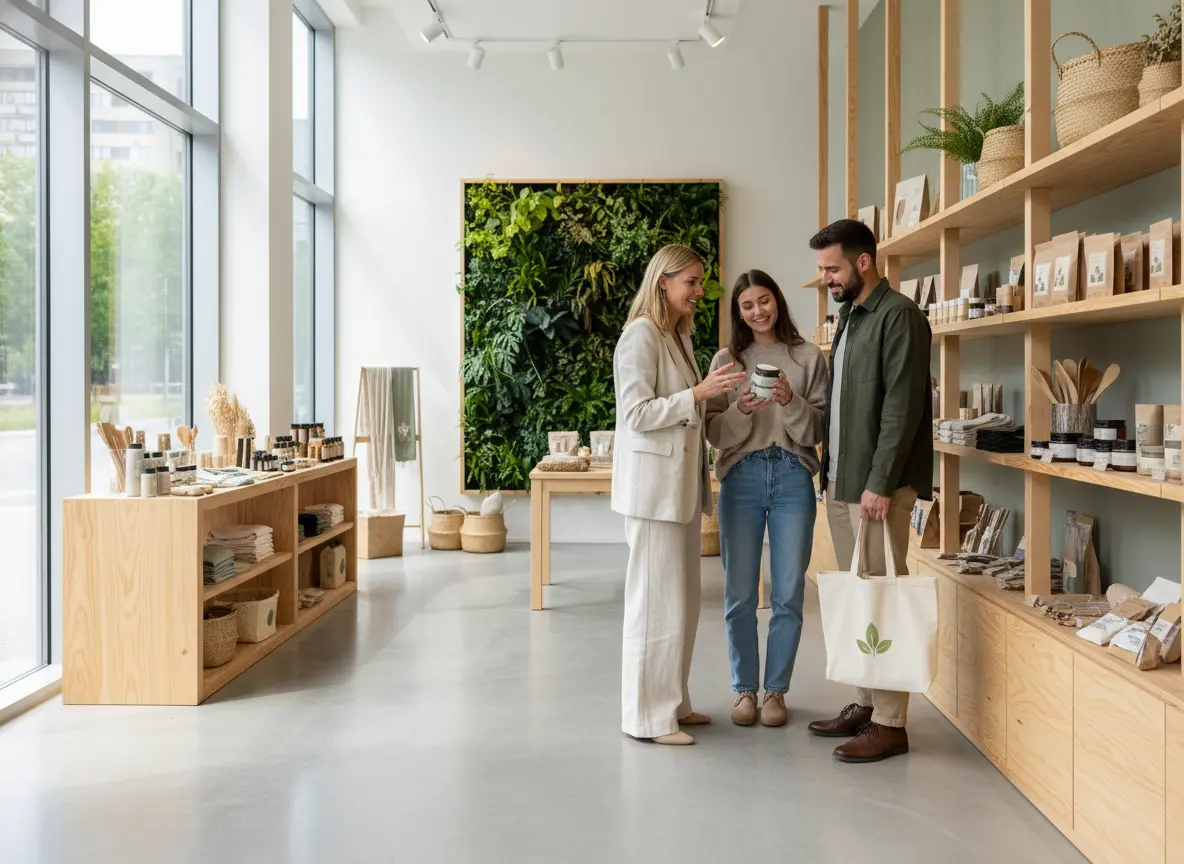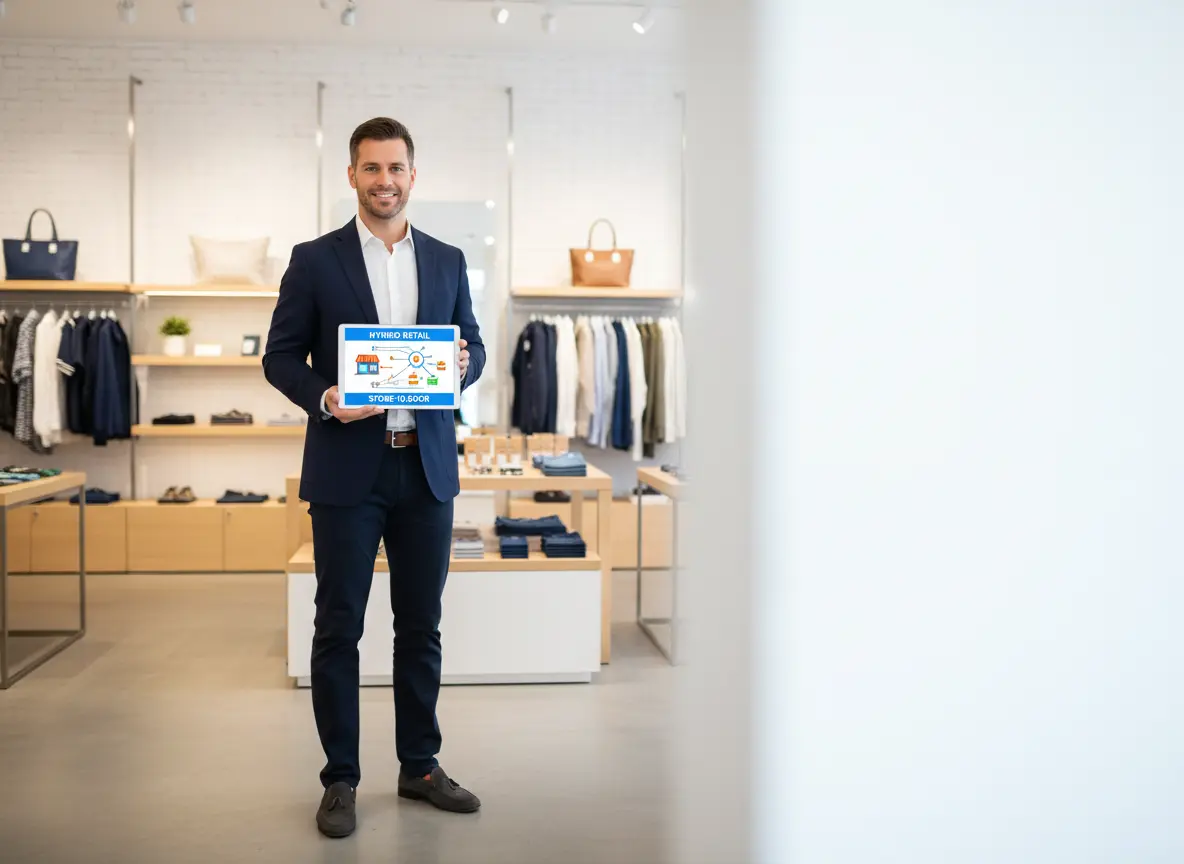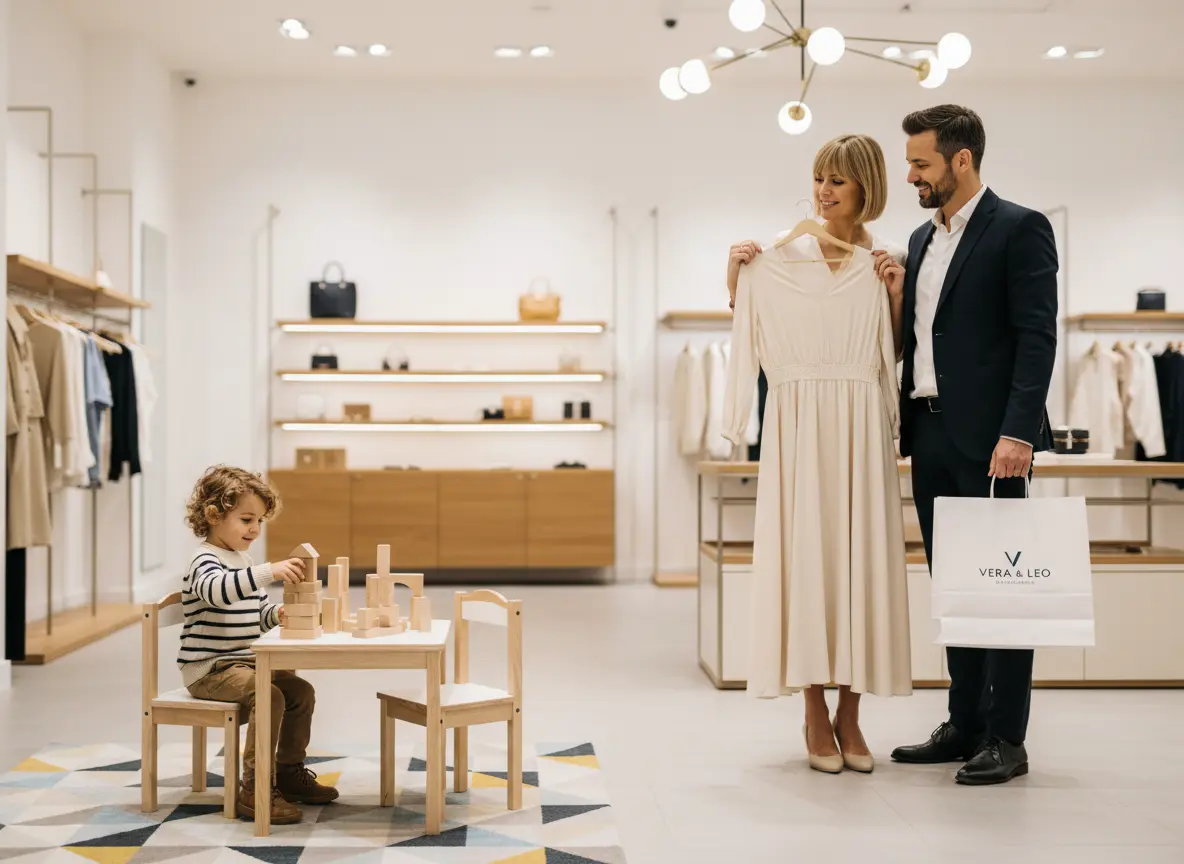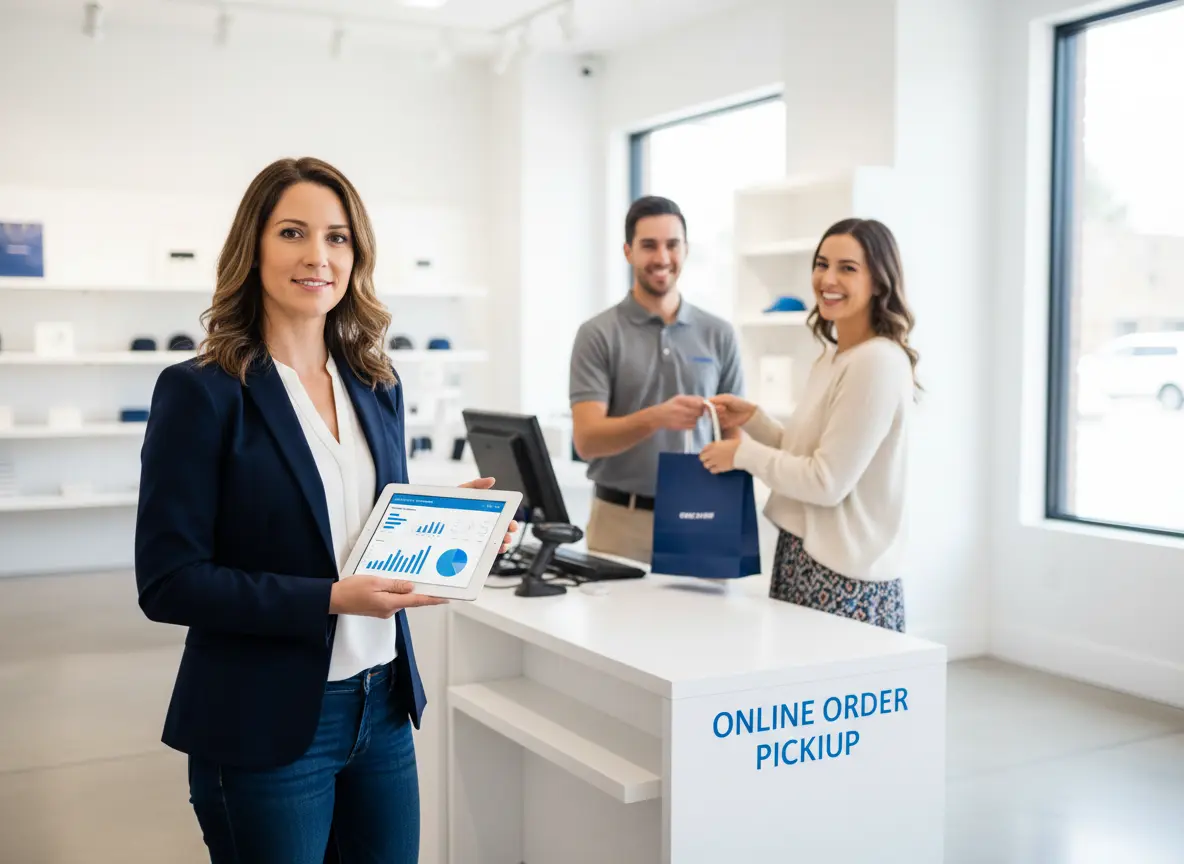Welcome to the Retail Thunderdome: A Barcode Story
Picture this: It’s Saturday afternoon. The store is packed. A customer stands at the register with a quirky, artisanal candle that your new part-timer, bless his heart, has never seen before. It has no price tag. A line begins to form. You hear a distant, primal sigh from the person at the back. Your cashier frantically tries to flag down someone—anyone—who knows how much this lavender-and-despair-scented candle costs. This, my friends, is the retail equivalent of a slow-motion car crash.
For too long, many of us have run our stores on a wing, a prayer, and a pricing gun that jams every third sticker. We call it "boutique charm." We call it "the personal touch." Let's be honest: sometimes, it's just organized chaos. But what if there was a way to keep the charm and ditch the chaos? Enter the humble barcode system—your new best friend and the secret weapon for reclaiming your sanity.
The "Why" Behind the Beep: Unpacking the Benefits
Implementing a barcode system might sound like a task reserved for the big-box giants, but it's one of the most impactful upgrades an independent retailer can make. It’s less about becoming a corporate drone and more about working smarter, not harder. Here’s how it transforms your business from a frantic scramble into a well-oiled machine.
Say Goodbye to Checkout Catastrophes
The checkout counter is your final frontier, your last chance to leave a good impression. A slow, error-prone process can sour an otherwise great shopping experience. A barcode system turns this potential bottleneck into a smooth, efficient exit.
- Speed and Accuracy: A simple scan is infinitely faster than a manual price lookup or entry. And the accuracy? It’s not even a fair fight. The average person makes about one error for every 300 characters they type. A barcode scanner’s error rate? Roughly one in 36 trillion. Your odds of being struck by lightning while winning the lottery are probably better.
- Happy Customers, Happier Staff: Faster checkouts mean shorter lines and less grumbling. For your staff, it means fewer stressful price-check quests and less time spent correcting costly typos. The scanner does the heavy lifting, so they can focus on genuinely engaging with the customer.
Inventory Management That Doesn't Involve Crying in the Stockroom
Ah, inventory. The necessary evil. The bane of every retailer’s existence. That annual or semi-annual ritual of closing the shop to count every last paperclip is a soul-crushing, time-sucking ordeal. With a barcode system, inventory becomes a living, breathing part of your daily operations, not a dreaded event.
Every time an item is scanned at checkout, your inventory levels update automatically. You get a real-time snapshot of what’s on your shelves, what’s in the back, and what’s about to run out. This means no more discovering you’re out of your best-selling product after a customer asks for it. It means no more sinking cash into products that just sit there collecting dust. You can finally make data-driven decisions instead of relying on a "gut feeling" that, let's face it, is sometimes just indigestion.
Data is the New Gold (and You're Sitting on a Goldmine)
Every beep of that scanner is more than just a sale—it’s a data point. When you’re just manually ringing things up, that data vanishes into thin air. But with a barcode system, you’re building a rich database of what your customers are actually buying, when they’re buying it, and what they’re buying it with.
This information is pure gold. You can instantly identify your heroes and zeroes: the products that fly off the shelves and the ones that are… less popular. You can spot trends, plan promotions that actually work, and optimize your ordering to maximize profit. You'll finally have concrete proof that those novelty avocado-shaped-and-scented soaps were, in fact, a terrible idea.
Getting Your Team On Board (Without a Mutiny)
Introducing new technology can sometimes be met with skepticism from your team. They’re comfortable with the old ways, and the thought of learning a new system can be daunting. The key is to frame it not as a replacement for them, but as a powerful tool for them.
Freeing Up Your Humans for... Actual Human Stuff
A barcode system automates the tedious, repetitive tasks that nobody enjoys. No more mind-numbing manual inventory counts. No more frantic searches for price tags. This frees up your employees' time and mental energy to focus on what humans do best: connecting with other humans. They can now dedicate more time to providing stellar customer service, offering personalized recommendations, and creatively merchandising the sales floor.
By handling the back-end grunt work, barcodes empower your team to be more present and effective on the floor. And while they’re busy providing that high-touch service, other modern tools can help fill the gaps. For example, an in-store assistant like Stella can greet every single customer at the door, announce the day’s promotions, and answer common questions. This ensures no shopper goes unnoticed, even when your human staff is tied up, creating a seamless, supportive ecosystem where technology handles the routine so your people can handle the relationships.
The Nitty-Gritty: Your Barcode Implementation Roadmap
Okay, you’re convinced. You’re ready to trade in your pricing gun for a laser beam. Where do you start? Don't panic. Here’s a straightforward path to get from chaos to control.
Choosing Your Gear: Scanners, Printers, and Software, Oh My!
The hardware and software are the heart of your new system. You don't need to break the bank, but you do need to choose wisely.
- The Software: Start here. This is the brain of the operation. Look for a Point of Sale (POS) or inventory management system that is designed for retail and fits your size and budget. Many modern systems are cloud-based, affordable, and offer free trials.
- The Scanner: A simple USB 1D scanner is perfect for most retail products and is surprisingly affordable. If you plan on scanning coupons from phone screens or using QR codes, you’ll want a 2D scanner.
- The Printer: You'll need a label printer to create your own barcodes for items that don't have them. A direct thermal printer is often the most cost-effective choice for printing product labels and receipts.
The Great Tagging Crusade: Getting Barcodes on Everything
This is the most hands-on part of the process, but a little planning goes a long way. The goal is to get a unique barcode on every single item in your store. Here’s how to tackle it without losing your mind:
- Leverage Existing UPCs: The good news is that most products you buy from distributors already have a Universal Product Code (UPC) on them. Your software can simply use this existing code. No need to reinvent the wheel!
- Create Your Own SKUs: For items without a UPC (like handmade goods or items you repackage), you’ll create your own internal codes, called SKUs (Stock Keeping Units). Your software will generate a unique barcode for each SKU you create.
- Tag in Batches: Don't try to do the whole store at once. Start by tagging all new inventory as it comes in the door. Then, work your way through your existing stock one section at a time. It’s a marathon, not a sprint.
A Quick Reminder About Stella
As you streamline your inventory and checkout with a barcode system, don’t forget about the front of your store. An AI retail assistant like Stella can greet customers, promote your best deals, and answer questions, ensuring a perfect complement to your newly efficient back-of-house operations.
Conclusion: Your First Scan Toward a Brighter Future
Let's be real: running a retail store is hard enough without fighting preventable fires every day. Implementing a barcode system isn't about losing your store's unique character; it's about eliminating the tedious, error-prone tasks that drain your energy and profits. It's about transforming chaos into control, guesswork into genuine business intelligence, and stressful moments into smooth, professional interactions.
So take that first step. Start researching POS systems. Plan your tagging strategy. The initial effort will pay for itself a hundred times over in saved time, reduced errors, and invaluable sales data. Swap the chaos for control. Your future self—and your blood pressure—will thank you.
